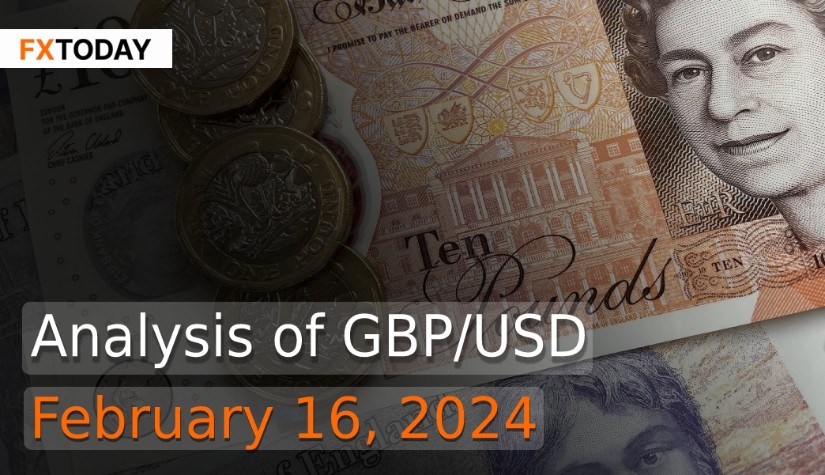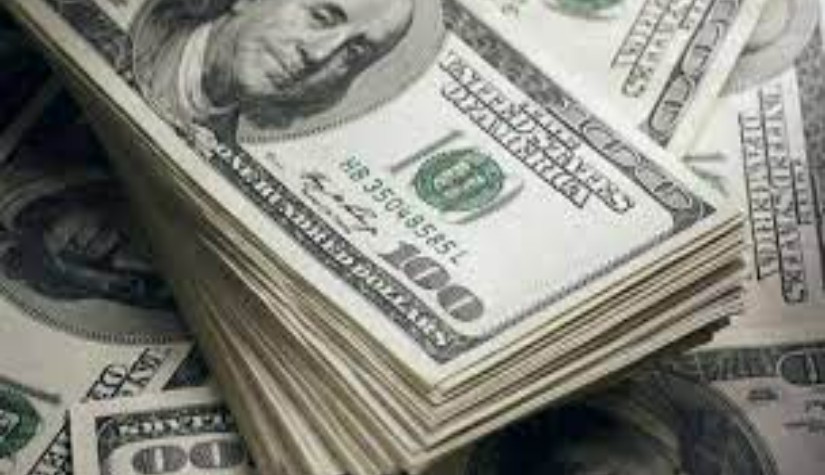Britain Enters Recession; US Dollar Strength Expected Despite Economic Challenges
In the latter half of 2023, Britain faced economic challenges as it entered a recession, impacting the upcoming election prospects for Prime Minister Rishi Sunak, who had pledged to stimulate growth.
Official data revealed a 0.3% contraction in Gross Domestic Product (GDP) in the three months leading to December, surpassing economists' predictions of a 0.1% decline. This economic downturn, deeper than anticipated, led to a decline in the value of Sterling against the dollar and euro. Investors responded by increasing bets on a potential interest rate cut by the Bank of England (BoE), and businesses sought additional government support, with a budget plan scheduled for March 6.
The recession placed Britain alongside Japan among the Group of Seven advanced economies, although it was expected to be short-lived and relatively shallow. Jeremy Hunt, the finance minister, expressed optimism about signs of economic improvement but stressed the importance of sticking to the plan, which included cutting taxes on work and business.
Inflation, holding at 4.0% in January, was a topic of discussion among investors, with speculation about a potential BoE rate cut in June. Governor Andrew Bailey sought more evidence of inflation pressures abating. Economic output fell by 0.1% in December, with manufacturing, construction, and wholesale sectors contributing to the decline. The prolonged absence of GDP per person growth since early 2022 marked a historic trend.
The Bank of England is worried that fast-rising wages, a key factor in service sector inflation, could increase overall inflation. Recent data indicates a 6.2% annual growth in regular wages in Q4 2023, the slowest in over a year but still double the pace needed for sustainable 2% inflation.
In contrast, British house prices saw a 2.5% annual growth rate in January, signaling potential momentum in the housing market. The Bank of England, considering a downward move in interest rates, noted resilience in the housing market as indicative of stronger-than-expected demand in the economy.
Amidst these economic dynamics, finance minister Jeremy Hunt aimed to cut public spending to fund pre-election tax cuts in the March budget. The possibility of further spending restraint and reductions in projected spending rises were considered, emphasizing the need for fiscal prudence in light of tight finances.
Switching focus to the global stage, the U.S. experienced mixed economic data, leading to a second consecutive session of a falling dollar. Retail sales in January were lower than expected, with caution advised against interpreting the sharp drop due to winter storms. While industrial production weakened, measures like the Empire State and Philadelphia Fed manufacturing indices showed improvements.
Federal Reserve Governor Christopher Waller underscored the continued dominance of the U.S. dollar in international trade, citing its advantages over potential alternatives. Despite concerns about potential threats to the dollar's status, recent developments appeared to strengthen its role in the world economy.
Looking ahead, the federal funds futures market (FFR) indicated an 83% probability of the first rate easing happening at the June meeting, with expectations of three to four rate cuts this year. Consequently, it could impact the US dollar's value, which might continue to exhibit slight strength compared to the pound in this timeframe. It could fluctuate within a narrow range along its current trajectory.
Data for Technical Analysis (1H) CFD GBP/USD
Resistance : 1.2590, 1.2592, 1.2596
Support : 1.2582, 1.2580, 1.2576
1H Outlook
Source: Investing.com
Buy/Long 1 If the support at the price range 1.2577 - 1.2582 is touched, but the support at 1.2582 cannot be broken, the TP may be set around 1.2592 and the SL around 1.2575, or up to the risk appetite.
Buy/Long 2 If the resistance can be broken at the price range of 1.2590 - 1.2595, TP may be set around 1.2602 and SL around 1.2580, or up to the risk appetite.
Sell/Short 1 If the resistance at the price range 1.2590 - 1.2595 is touched, but the resistance 1.2590 cannot be broken, the TP may be set around 1.2582 and the SL around 1.2597, or up to the risk appetite.
Sell/Short 2 If the support can be broken at the price range of 1.2577 - 1.2582, TP may be set around 1.2572 and SL around 1.2592, or up to the risk appetite.
Pivot Points Feb 16, 2024 02:24AM GMT
|
Name
|
S3
|
S2
|
S1
|
Pivot Points
|
R1
|
R2
|
R3
|
|---|---|---|---|---|---|---|---|
| Classic | 1.2572 | 1.2576 | 1.2582 | 1.2586 | 1.2592 | 1.2596 | 1.2602 |
| Fibonacci | 1.2576 | 1.258 | 1.2582 | 1.2586 | 1.259 | 1.2592 | 1.2596 |
| Camarilla | 1.2585 | 1.2586 | 1.2587 | 1.2586 | 1.2589 | 1.259 | 1.2591 |
| Woodie's | 1.2574 | 1.2577 | 1.2584 | 1.2587 | 1.2594 | 1.2597 | 1.2604 |
| DeMark's | - | - | 1.2584 | 1.2587 | 1.2594 | - | - |
Sources: Investing 1, Investing 2
















